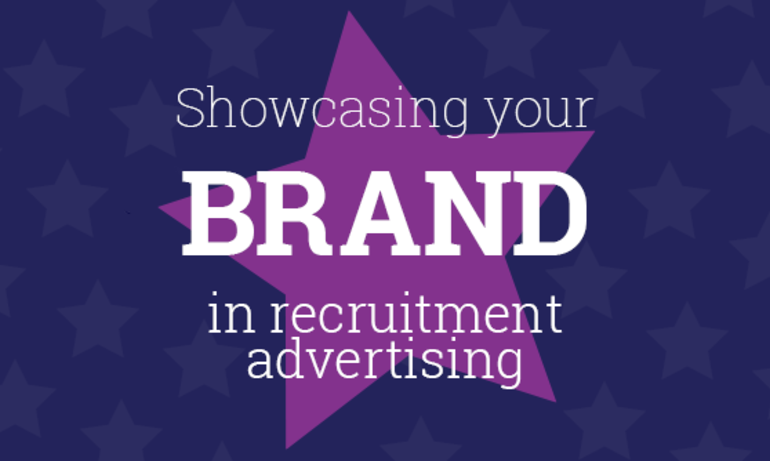For a lot of recruitment advertising, opportunities are generally positioned to candidates through adverts that don’t really make the grade.
The real problem with them is that your recruiter (and this goes for the majority of those in-house too) has to sum up a role in a few hundred words, and the candidate has to use this as their basis for gauging their interest. The candidate has to essentially read between the lines, and while a job could sound great on paper, there’s not a whole lot they can do to really know the opportunity at hand.
That being said, once the initial contact is made, one would hope that this is where the real selling comes in and the candidate can learn more about what it’s like to work within the company. This is, however, absolutely dependent on mutual understanding between the client and the recruiter that the end goal is the same; to get the best candidate for the job.
What should your job ad showcase?
As a bare minimum, candidates should be able to identify a few key aspects, including:
A brief description of the role and what they should expect to be working on
The location(s)
The salary/rate that it pays (although understandably this can’t always be said up-front)
Any additional company benefits and role-specific perks
All fine and well, right? Well… it depends.
What about the work environment? That could be the office itself, or be able to understand how teams interact with each other. Not easily translated in simple written copy, but how beneficial would photographs of the team be, or a video of them waxing lyrical about the business from their personal experience?
The company mission and what they stand for is important too. This doesn’t have to be complex, and really the simpler the language used the better, but an understanding of where the business sits in the marketplace, what it offers to the world and the values of the organisation can go a long way to securing someone’s interest (especially if the business has strong core values that it is proud of).
Every role or company will have different elements that help make it marketable, but the purpose of this conversation is that the recruiter and the hiring client need to be asking these types of questions of each other, and neither party should sit back and expect the other to do it without their influence. This is where good recruiters can add real value, and where hiring clients can help to attract the best candidates.
We all know that standard job ads can only go so far to show jobseekers the bigger picture, but we also know that these adverts – on their own – only go so far in the recruitment game anyway!
It is the job of recruiters (both internal and external) to learn everything they can about a role and be able to translate this into an easy-to-digest package, so candidates don’t just have pages and pages of a job description to read through. Being guided through the various intricacies by someone who is knowledgeable and trustworthy will far outweigh being handed a 20-page role profile and being sent on their merry way.
“You want more engaged people than simply more people.”
Bringing a truer reflection of an opportunity to the table will do more than just a better job of promoting a role; it’ll help candidates rule themselves in our out with a fuller appreciation of what they are signing up to, or letting pass by. And while people ruling themselves out sounds counter-intuitive, remember, if it’s going to happen at some point it’s far better that this occurs early on, before the recruiter and/or client becomes invested in them. The point here is that you want more engaged people than simply more people.
It’s no secret that the power lies with candidates, and the more those of us in recruitment can do to improve the candidate experience, the better a job we can all do to bring great people together.
